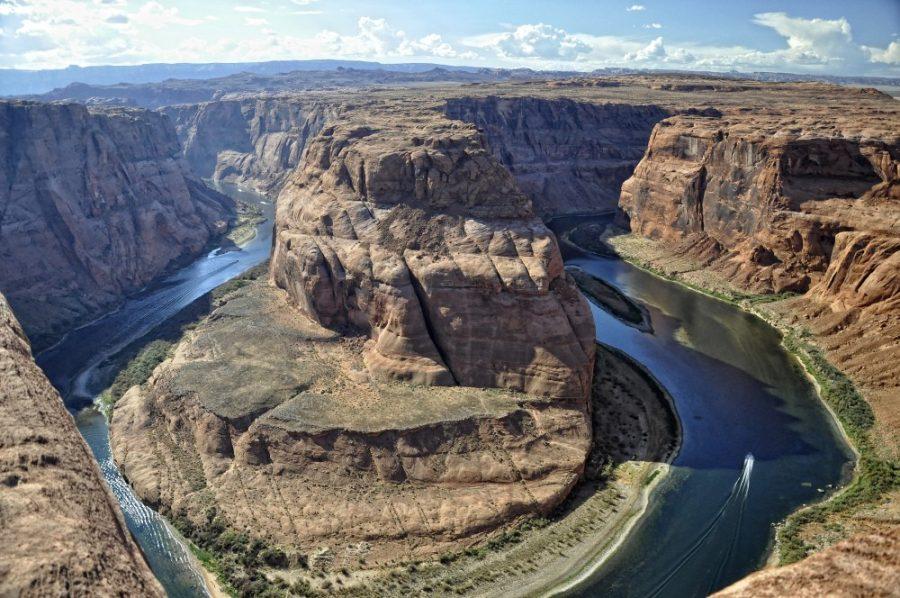A recent publication has shown how Arizona has developed insurance in case of water shortages.
The Water Resources Research Center (WRRC) is putting into effect research done by Noah Silber-Coats, a doctoral student at the UA School of Geography and Development and winner of the WRRC Summer Writing Internship. The plan is called Arizona Water Banking, Recharge and Recovery.
With Arizona being the hot, arid climate it is, water storage is dealt with differently than in other states.
To prevent evaporation, water is stored underground in aquifers.
In order to bring water to these underground aquifers, the state uses recharge facilities.
“Recharge facilities can be large basins prepared specially to filtrate water, or injection wells, but the basic idea is to facilitate movement of water into the aquifer,” said Susanna Eden, study co-author and WRRC assistant director. “Arizona pioneered the idea of storing water underground for future use.”
Legislation was passed back in the 1990s that solved and sorted various legal issues of water ownership, who the water was stored for, who gets to pump and when and how much.
“People were wanting to recharge, and the legal issues were preventing them, so they designed a system that allowed water to be stored with efficiency,” Eden said.
Legislation was also passed allowing the Central Arizona Project (CAP), a service which brings water from the Colorado River to aquifers, to save up supplies of water in a special bank.
RELATED: UA grad student researches impacts of drought on rural California
Arizona currently has a million acre-feet of water stored underground as a short term solution to shortages.
“If there are short-term shortages, we have a bank account of water underground which belongs to city utilities, private water companies, and the water banking authority that’s been storing water for various recharge projects,” Eden said.
But issues with Arizona’s storage plan include how the water is recovered, where in the state it needs to be recovered and how it gets moved around.
The most direct method is to pump water from the reserves and transport it in the CAP canal to needy customers.
“Or, deals can be made so the water is pumped out from somewhere else and exchanged so it doesn’t have to be moved any great distance,” Eden said. “For example, if a customer in Phoenix needs the water and has recovery wells nearby, they can recover the water and have it count as bank water.”
It’s like an IOU for water.
RELATED: Mars’ atmosphere a key to its dry surface
Arizona gets about 40% of its water from the Colorado River, 40% from groundwater and the remaining 20% from surface water and recycled wastewater.
A majority of the water the state has saved up comes from the Colorado River, which has been a reliable source of water for decades not just for Arizona, but for most of the southwestern United States.
“Arizona has a really innovative way of storing water, but a lot of it is dependent on taking more water from the Colorado River than Arizona can use,” Silber-Coats said.
While the river’s water may be reduced by phenomena such as climate change, efforts are being made to reduce the demand on river water to ensure it continues to flow.
Arizonans today benefit from a situation much different from parched next-door California. However, that could change.
“There are currently fixed limits on how much people can pump out of the river,” Eden said. “Unfortunately these limits are somewhat larger than the flow of the river, so if we do nothing, there is danger.”
Follow William Rockwell on Twitter.









